 |
 |
 |
 |
 |
 |
|
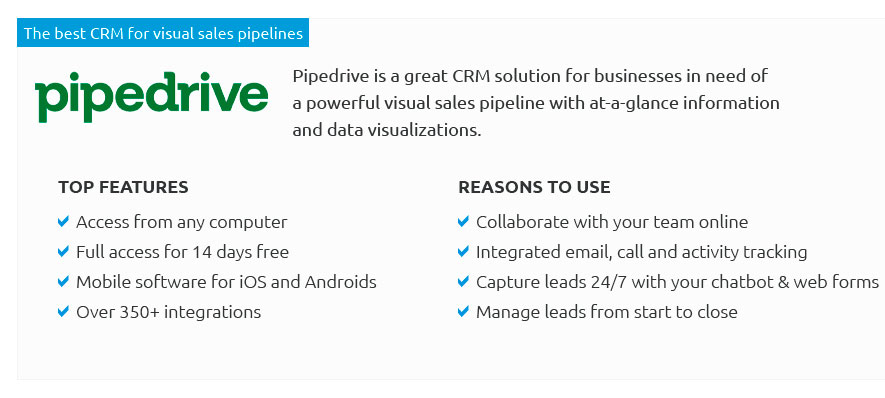 |
|
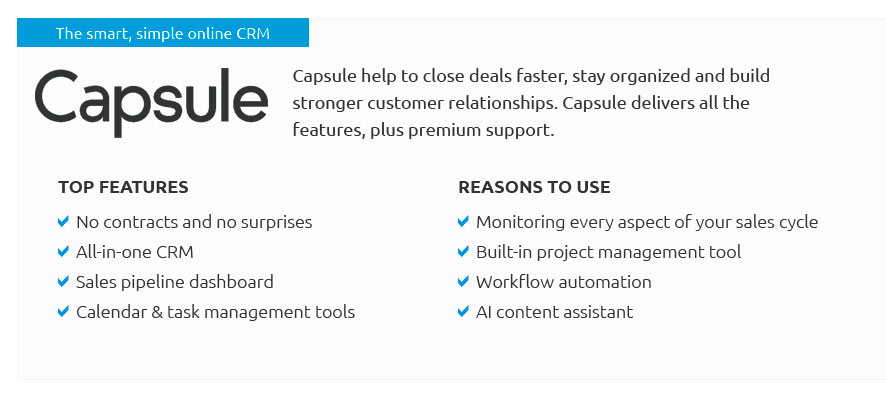 |
|
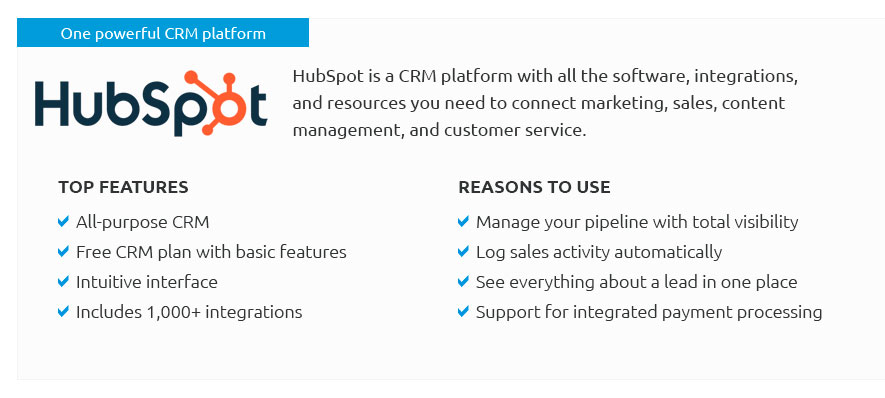 |
|
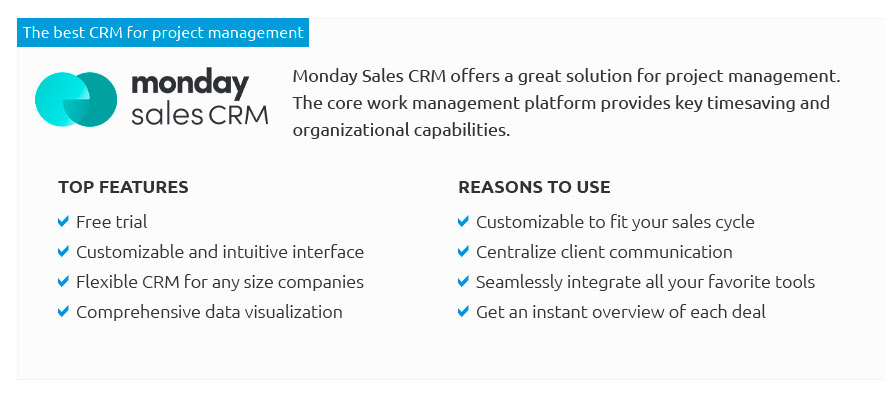 |
|
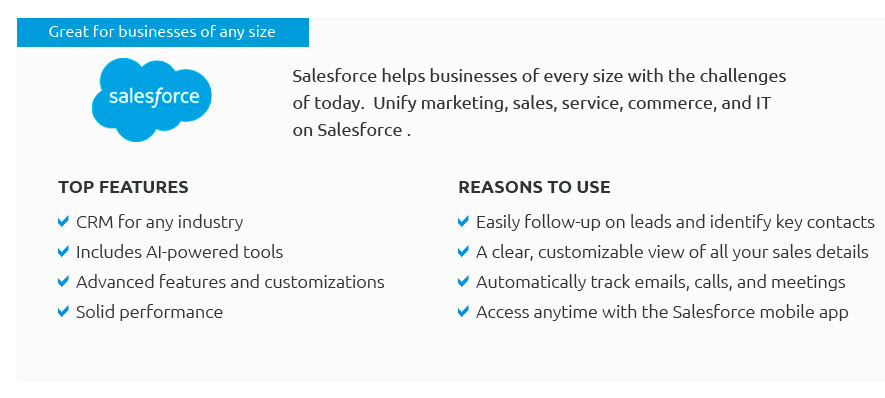 |
|
 |
 |
Exploring the Benefits and Challenges of Team Task PlannersIn today's fast-paced work environments, the concept of a team task planner has evolved into a critical tool that significantly influences the dynamics of teamwork and project management. As organizations strive to enhance productivity and streamline processes, these planners offer a plethora of features that can transform how teams operate and collaborate. From startups to large corporations, the adoption of task planners is becoming increasingly prevalent, yet it comes with its own set of challenges that merit consideration. Firstly, the primary advantage of using a team task planner lies in its ability to centralize information. When all tasks, deadlines, and responsibilities are consolidated into one platform, teams can effortlessly track progress and ensure accountability. This centralization fosters transparency, as every team member can access the same data, reducing the chances of miscommunication or overlooked tasks. Moreover, by integrating with other tools such as calendars and communication apps, task planners can further streamline workflows, minimizing the time spent switching between different applications. Another compelling benefit is the enhanced ability to prioritize tasks. With the visual representations often provided by task planners, such as Gantt charts or Kanban boards, teams can easily assess what tasks are most urgent or critical. This visualization aids in strategic decision-making, allowing teams to allocate resources more effectively and prevent bottlenecks. Furthermore, the ability to assign tasks and set deadlines promotes a sense of ownership and responsibility among team members, which can boost morale and productivity. Despite these advantages, the implementation of a team task planner is not without its challenges. One significant hurdle is the initial learning curve associated with new software. Team members must invest time and effort to familiarize themselves with the tool's interface and functionalities, which can temporarily disrupt productivity. Additionally, there's the challenge of ensuring consistent usage among all team members. If not everyone commits to regularly updating the planner, it can lead to gaps in information and, consequently, project delays. Moreover, the reliance on technology raises concerns about data security and privacy. With sensitive project details and team communications stored in digital platforms, organizations must prioritize securing their data against potential breaches. This necessitates investing in reliable software solutions and establishing robust security protocols, which can be resource-intensive. In conclusion, while team task planners are invaluable tools for modern project management, they require careful consideration and implementation to maximize their benefits. By addressing the challenges of user adoption and data security, and by leveraging the planner's capabilities for centralization and prioritization, organizations can enhance their collaborative efforts and achieve greater project success. https://planner.cloud.microsoft/
A simple, visual way to organize teamwork. Planner Icons. Sign In. Loading. Get Planner for iOS. Get Planner for Android. Microsoft Logo. https://support.microsoft.com/en-us/office/getting-started-with-planner-in-teams-7a5e58f1-2cee-41b0-a41d-55d512c4a59c
The Planner app in Microsoft Teams brings together all your tasks and plans across the Microsoft 365 ecosystem in a single convenient location. https://www.youtube.com/watch?v=r3dpzqttDuA
... Day 2:36 My Tasks 3:42 My Plans 4:43 Different View of Plans 5:54 Create a new plan and add tasks 9:53 Add a plan to a Microsoft Teams channel.
|